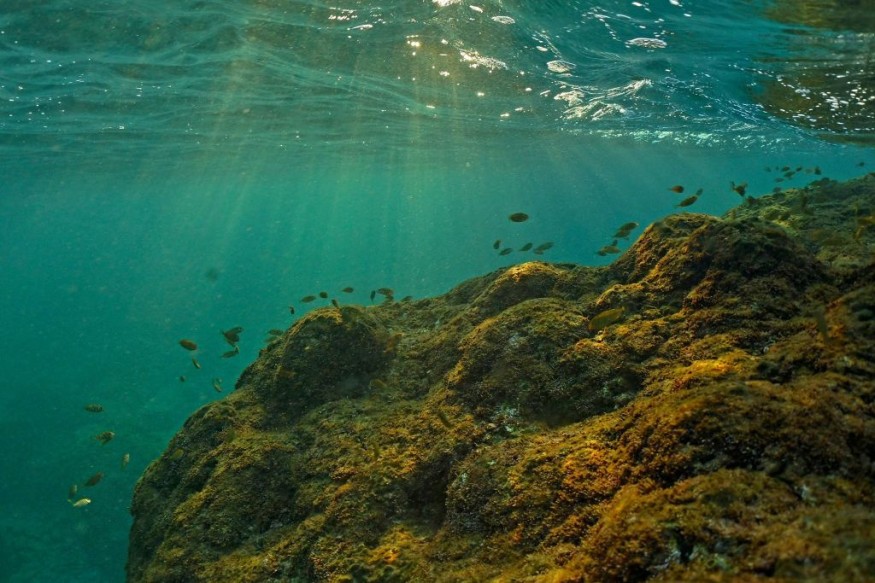A recent study investigated algal relatives known as Mesotaenium endlicherianum that could understand plant evolution. The researchers discovered the resilience of algae in temperatures and light.
Scientists have been studying the different unknown species that could help understand their behaviors thousands or millions of years ago.
Recently, researchers also discovered new species of insect leaves that are not visible when they hide on tree branches or leaves. The findings were published in the Zookeys.
At least 2,000 species of plants are unearthed every year.
Understanding new plants can also help researchers develop mitigation or protection plans if they suffer from possible population decline or extinction.
About 390,000 plants are already known.
Algae can help understand plant evolution 600 million years ago

According to a study published in Nature Plants, researchers explained that plant terrestrialization plays a significant role in land plants today.
Plants are essential to forests and wildlife, serving as habitats and protection grounds.
The study also investigated the possible relationship between algae and land-based plants in responding to environmental challenges, including rising temperatures, wildfires and habitat loss.
Researchers looked into the genome strain of Mesotaenium endlicherianum, which is known as freshwater algae and a known relative of land plants.
Based on the report, the Mesotaenium endlicherianum strain had been at the Algal Culture Collection at Göttingen University (SAG) for over 25 years.
The analysis could become helpful with the experiments and understanding the possible descendants of plants.
Researcher Janine Fürst-Jansen from the University of Göttingen explained that they looked into the said algae's resilience to temperatures and light.
With network analysis and advanced technology, the researchers managed to observe the 20,000 genes, helping studies to understand how algae respond to different conditions.
Amazingly, the algae could help decipher plant history and algae evolution, especially the possible evolution patterns and genes of different plants.
Also Read : California Drought: Prolonged Heat, Climate Change Causes 36 Million Trees to Die in 2022
What you should know more about algae
There are said to be more 400,000 algae varieties globally. Algae can be found in freshwater areas or marine environments, including a pool.
In ecosystems, algae also play a crucial role for the aquatic animals' food chain. The largest algae can thrive in kelp forests.
Meanwhile, algae can grow up to 200 feet in terms of length and can be found in water up to 100 feet deep. They are known to respond even in hotter conditions during summer.
Reports also noted that aquatic species ensure algae thrive in marine environments. The damselfish is recognized as algae farmers that significantly assist algae growth.
Furthermore, algae can possibly help save the environment and the earth from harmful carbon dioxide. The brown algae can potentially absorb carbon dioxide, which has a devastating impact on the planet.
Related Articles : Longest Heatwaves in Northern Baltic Sea: Marine Ecosystem To Suffer From Damages
For more similar stories, don't forget to follow Nature World News.
© 2025 NatureWorldNews.com All rights reserved. Do not reproduce without permission.





